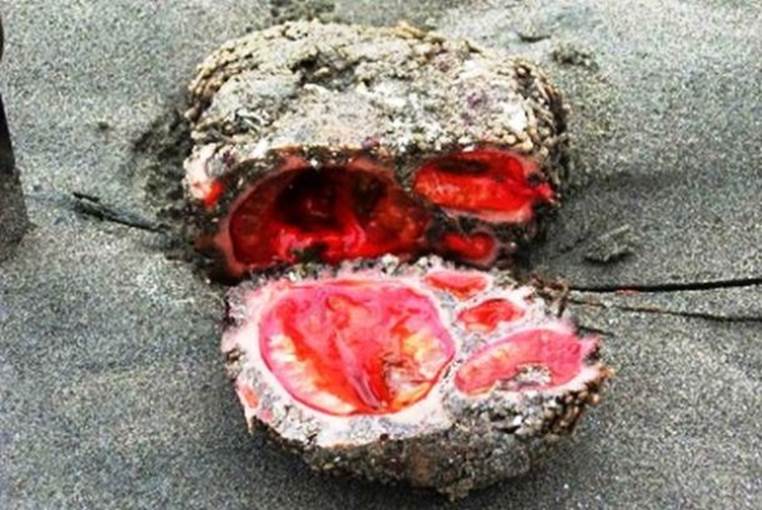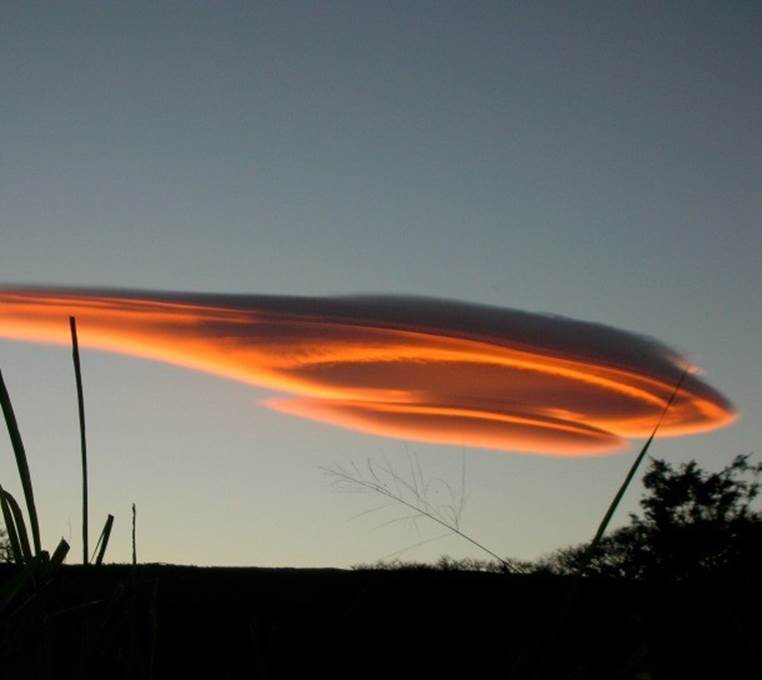STRANGE NATURAL PHENOMENONS
Added on: 7th Jun 2015
MOERAKI BOULDERS

Moeraki boulders are large, spherical boulders lying along the
Koekohe Beach, New Zealand. According to a local Maori legend,
the boulders are the remains of eel baskets. However, modern
scientific analysis shows that they consist of mud, fine silt and clay,
cemented by calcite and date back to the Palaeocene period
(66 – 56 million years ago).
BASALT COLUMNS

Basalt is a common extrusive volcanic rock formed from the rapid
cooling of basaltic lava. The basalt formations can take various
shapes but one of the most impressive forms is the basalt column.
Millions of years ago, they were just regular lava plateaus but over time,
fracture networks started to appear within the plateaus, creating
some of the world´s most amazing rock formations.
DANXIA LANDFORMS

Found in several areas in southeast, southwest and northwest China,
the Danxia landforms are a unique geomorphologic type of landscape
characterized by a striking, mainly red colouration. Masses of
cretaceous sandstone and limestone have been eroded by wind,
sun and rain for millions of years, creating spectacular rock formations
including pillars, ravines, columns, canyons etc.
BIOLUMINESCENCE

Bioluminescence is the production and emission of light by a living
organism. One of the most astonishing examples of this unusual
natural phenomenon can be seen on the Vaadhoo Island, Maldives,
which is famous for the bioluminescence display of the
phytoplankton known as dinoflagellates.
SARDINE RUN

Almost every year, from May through July billions (that’s right, BILLIONS)
of sardines migrate northward along the east coast of South Africa,
causing a real feeding frenzy for numerous predators. Despite the
enormous scale of the migration, scientists don’t know much about this
phenomenon. What we do know is that in the last 23 years, the sardines
have failed to make the run three times.
ANT MILL

Most ants navigate by using eyesight, but some army ants are
completely blind, relying only on a special pheromone scent trail left
by other ants. Therefore, if the ant loses the trail, it’s possible for it to
become disorientated and march in circles for hours until it dies of
exhaustion. In this phenomenon (sometimes referred to as the ant mill),
the ants can walk in circles exceeding 1,000 feet (over 300 meters)
in diameter.
LIVING ROCK

Scientifically known as Pyura chilensis, the living rock is a
tunicate, a marine invertebrate animal, found in dense
aggregations on the coast of Chile and Peru. What resembles a
mass of internal organs inside a rock is actually an immobile
creature feeding on microorganisms that it filters out of the seawater.
For no obvious reasons, the living rocks contain about 10 million
times more vanadium (an extremely rare chemical element)
in their bodies than is found in the water.
LENTICULAR CLOUDS

Originating in the troposphere, lenticular clouds rank among the
rarest and most unusual types of clouds. As moist air travels up
some obstacle (for example a mountain), it collects on the top of it
and forms a lens-shaped cloud. Because of their unique shape,
lenticular clouds have even been mistaken for UFOs.

Comment on this